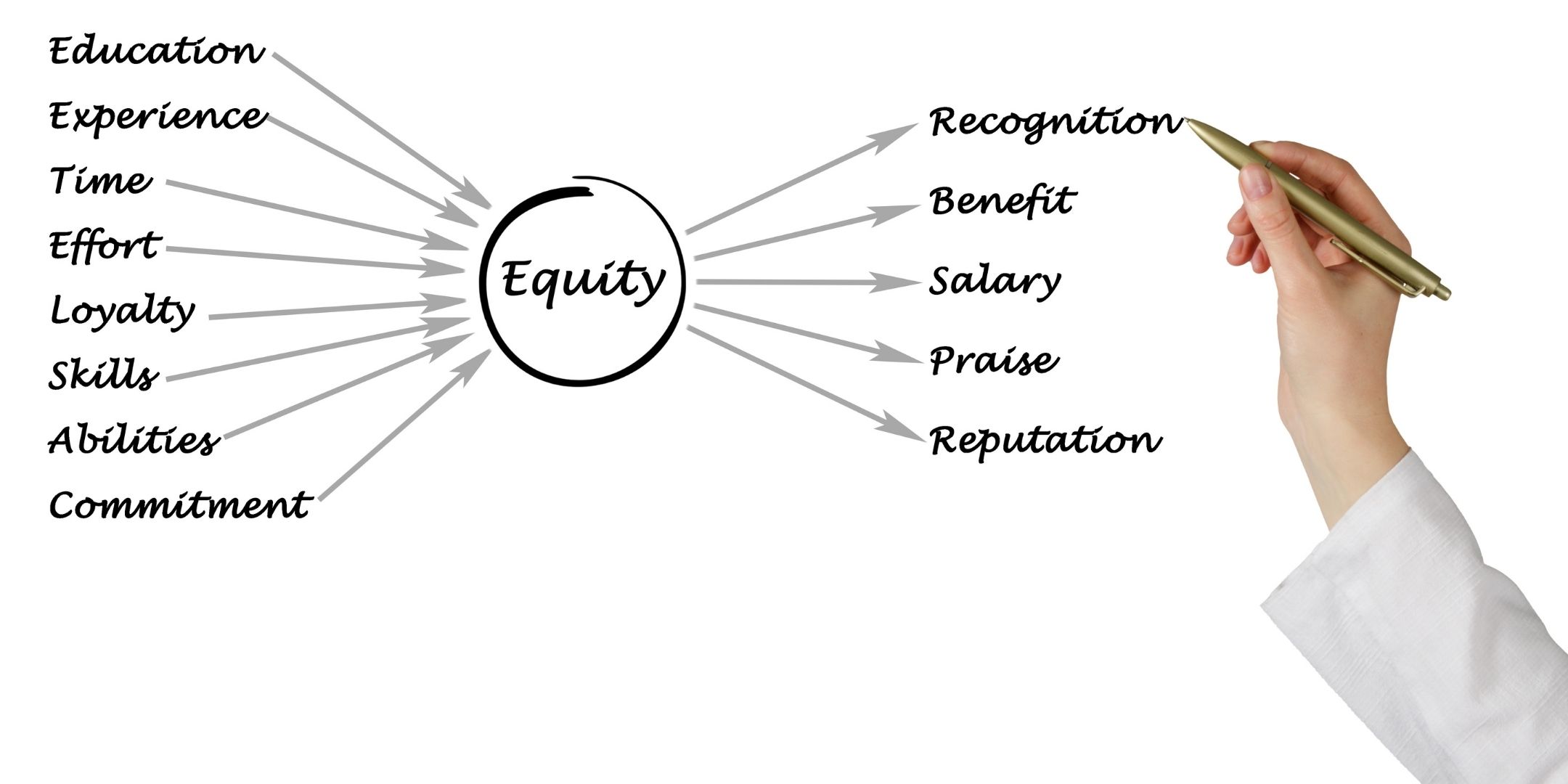What is your employer doing to promote EQUITY vs. equality, diversity and inclusion?
Executive Orders
The Executive Order (9981), which made discrimination based on “race, color, religion or natural origin” illegal, was initially focused only on all armed services members in 1948 by President Truman. Discrimination in the workforce wasn’t unlawful until the passing of the 1964 Civil Rights Act, making it illegal for any business, private or public, to practice discriminatory hiring (and firing) practices. A total of 57 years have passed since the passing of the Civil Rights Act, yet only 74% of companies have diverse hiring practices. For most companies, the percent of diversity leadership remains in the single-digit.
What’s Different This Time?
The question becomes – what is different this time? In my 30 years in Corporate America, I have seen this business imperative before. Yet, after the uproar, a few things change, but most things remain the same. Black people are the only underrepresented group that doesn’t feel the impact in significant percentages. Our young people aren’t interested in learning from the past, so they know the signs and challenges to prepare for as we again push to get an equal footing, not equality but equity.
I get discouraged when I hear young professionals say they don’t want equity. They want equality. They want to start from the same starting point as everyone else and let their work speak for them. What they don’t seem to realize is that is what they already have today. They claim they don’t want a handout or a hand up, yet that is what I see non-blacks getting routinely with no regard for their work ethics or abilities.
The Definition of Equity
Equity involves trying to understand and give people what they need to enjoy full, healthy lives. Equality, in contrast, aims to ensure that everyone gets the same things. Equal treatment does not always produce an equitable result, especially if you aren’t equipped to take advantage of the “things” offered. The best example is everyone has the equal right to purchase a home in Beverly Hills, CA. Yet, we don’t all have the equity required to make that purchase. We don’t even see many black professionals purchasing homes in the more affordable areas of Los Angeles because of a lack of equity.

Diversity and Inclusion Didn’t Make a Dent
Don’t praise a company for establishing a diverse organization. Track their progress in promoting people of color into strategic senior management roles at every level up to C-suite. We need our young professionals to ask within organizations and corporations: What is our company doing to promote EQUITY vs. equality? Diversity and inclusion didn’t make a dent. We still are in the single digits for C-suite executives. Diversity initiatives lump Black professionals’ needs with all other challenges – religion, sexual orientation, disabilities, etc. Racial initiatives are hard to talk about and require strong communication and sensitivity skills that most executives don’t have.
Having a Diversity Team Isn’t Enough
It’s easy for a company to hire a diversity officer and check the box. The problem is that diversity for most companies is still seen as overhead and not as a strategic position, like C-suite executives. Chief Diversity Officer is under pressure to solve complicated, important, and deeply sensitive issues related to race in our current environment. Still, many aren’t considered part of the C-suite. In July of 2020, Glassdoor found that the average salary for chief diversity officers is $127,239, which is less than the average pay of individuals who hold positions in the C-suite. Organizations are using the age-old tactic of giving something a fancy title to impress everyone. Yet, they don’t have the clout to make the required strategic impact and “stop the silence” that allows racial inequity to thrive.
Diversity initiatives allow companies to toot the horn that women are doing better in Corporate America but stay silent about how Black Women are doing worse. Inclusion allows organizations to ensure that Veterans and people with disabilities get a seat at the table, yet it doesn’t stop them from being of Caucasian descent.

Affirmative Action was a Movement
Affirmative action was a movement, but it only took a moment to write Black Americans out of the equation. Non-Black women benefited the most from affirmative action initiatives.
This time the movement must open the doors of communication across generations and color lines to determine how to create equity for everyone.
________________




Leave a Reply